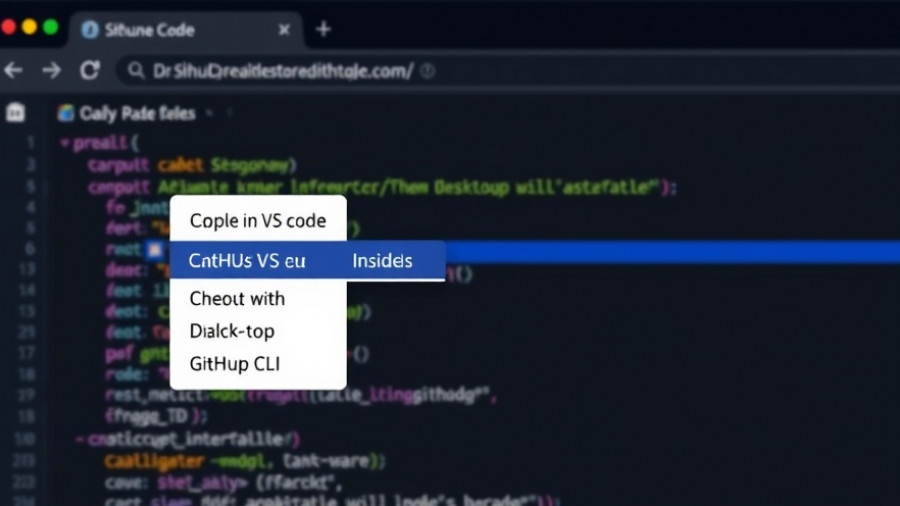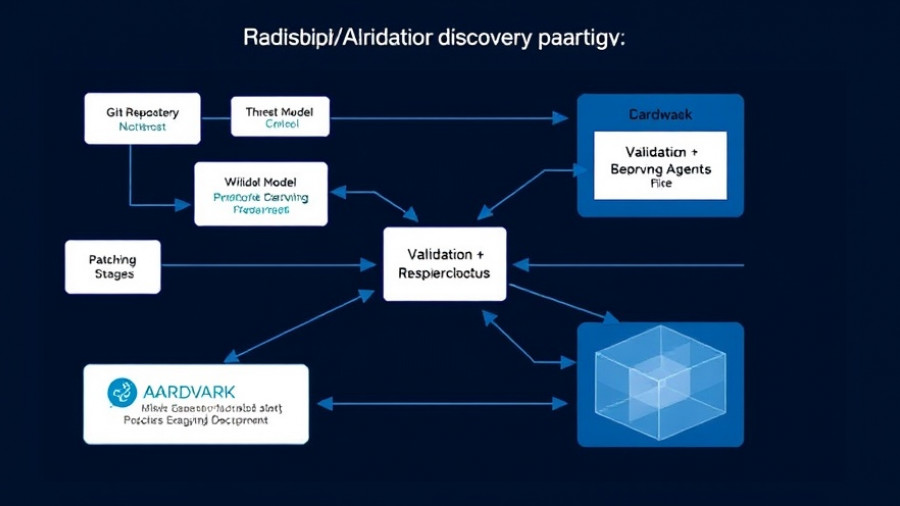
Unveiling the Amazon Bedrock AgentCore MCP Server
In a significant shift for developers leveraging AI technology, Amazon announced its new Bedrock AgentCore Model Context Protocol (MCP) Server. This innovative tool promises to streamline the development of AI agents by simplifying the creation and integration processes. Gone are the days when developers spent countless hours learning complex systems and managing APIs. Now, with the Bedrock AgentCore MCP Server, you can improve your deployment speed while maintaining high-quality standards for your AI applications.
Transforming AI Agent Development
The AgentCore MCP Server is not just another piece of software; it’s a comprehensive environment tailored for AI agent development. By incorporating features such as runtime integration, identity management, and agent memory support, it allows developers to focus on the creative aspects of building their AI projects. Notably, the MCP Server can significantly reduce the steep learning curve initially associated with AWS services, enabling businesses to deploy AI applications more efficiently.
Automating Complex Processes
One of the standout capabilities of the AgentCore MCP Server is its ability to automate various development environments. With tools that help with setting up AWS credentials, configuring execution roles, and managing dependencies through conversational commands, the integration process becomes straightforward. For instance, using natural language commands, developers can easily invoke agents and manage their workflows, significantly cutting the time previously needed to get a project off the ground.
Layered Architecture: A Strategic Approach
When utilizing the AgentCore MCP Server, it's essential to adopt a layered architecture strategy. This structure not only organizes tools efficiently but also optimizes the developmental process. Each layer serves a unique purpose, enhancing overall functionality:
- Agentic IDE or Client: At the first level, developers can rely on natural language interfaces like Kiro or VS Code extensions to execute basic tasks.
- AWS Service Documentation: The next layer ensures developers have access to comprehensive AWS service documentation to guide their projects.
- Framework Documentation: Utilizing specific framework documentation at layer three aids in understanding the unique requirements of integrating agents.
- SDK Documentation: This layer encapsulates vital software development kit references to inform API interactions.
- Steering Files: Finally, steering files help provide specialized guidance, making the process smoother for intricate workflows.
Addressing Development Challenges
Despite its advanced functionality, the challenge many enterprises face lies in efficiently integrating their growing number of AI agents with various tools. The Model Context Protocol and capabilities like the Amazon Bedrock AgentCore Gateway help alleviate interoperability issues that have long plagued AI deployments. By enabling zero-code MCP tool creation and simplifying tool discovery, Amazon’s solutions allow developers to focus on building intelligent agent experiences instead of grappling with connectivity issues.
Future Predictions: The Evolution of AI Development
Looking ahead, the demand for seamless and efficient AI agent deployments will likely continue to grow. As more enterprises adopt AI strategies, tools like the Bedrock AgentCore MCP Server will play a pivotal role in shaping the future of AI development. The efficiencies gained through these platforms will empower companies to innovate faster and respond more effectively to market changes, fundamentally altering how AI integrates into everyday operations.
The Role of Agentic AI in Today’s Ecosystem
Agentic AI — the underlying architecture of Amazon's MCP Server — signals a shift toward collaborative, intuitive AI systems that can streamline operations across various industries. As these technologies become ubiquitous, businesses that can adopt and adapt to these advancements will gain a significant competitive advantage, positioning themselves at the forefront of this technological revolution.
The Amazon Bedrock AgentCore MCP server not only accelerates the development of AI agents but also represents a critical step toward the future of AI integration in enterprise environments. By removing barriers and enhancing connectivity between agents and tools, Amazon has set the stage for a new era in AI development. If you’re looking to enhance your AI capabilities, it's time to explore the potential of the AgentCore MCP Server.
 Add Row
Add Row  Add
Add 




Write A Comment